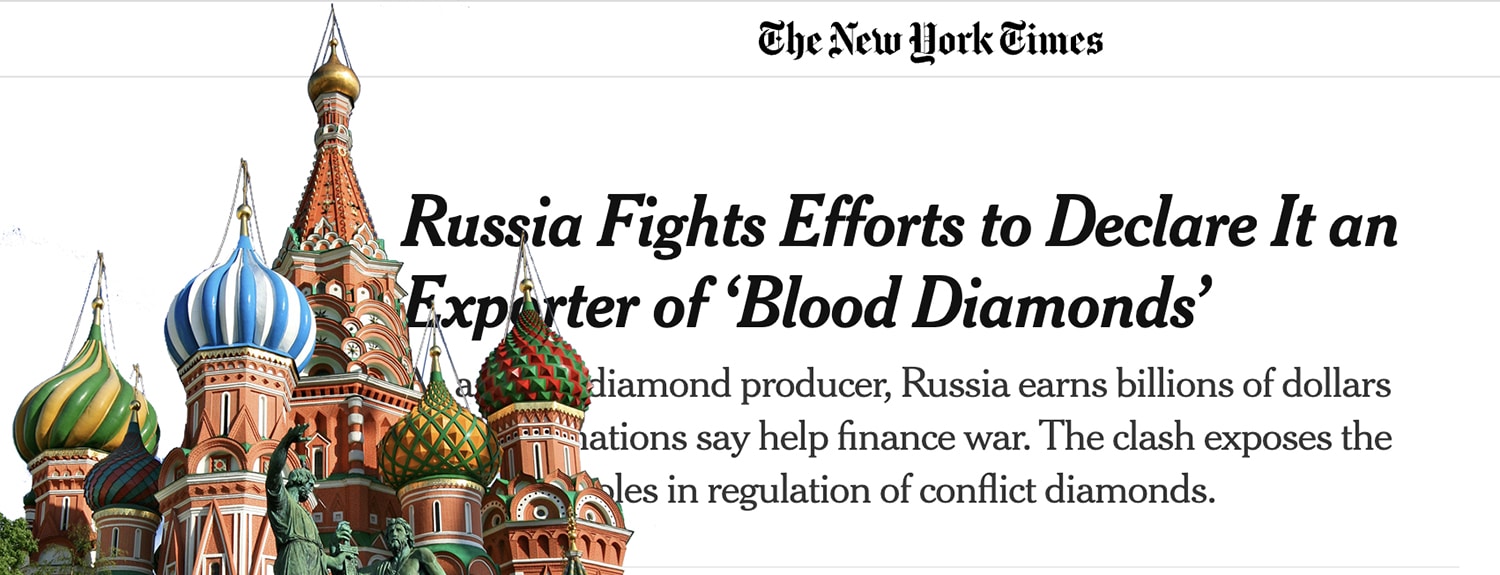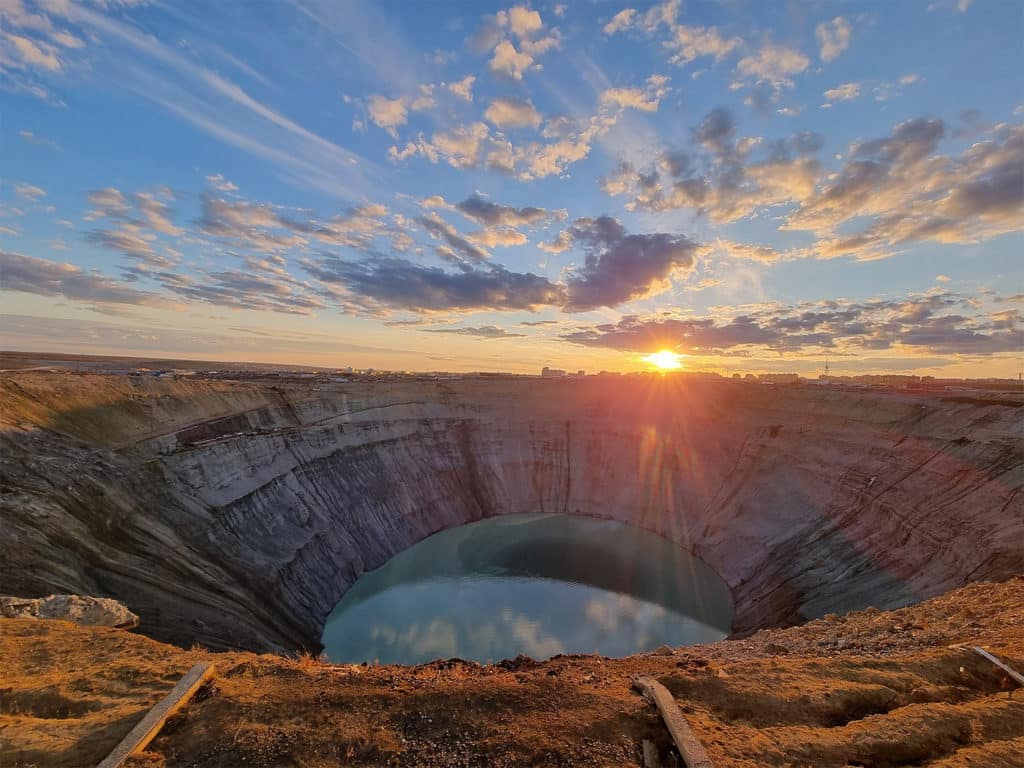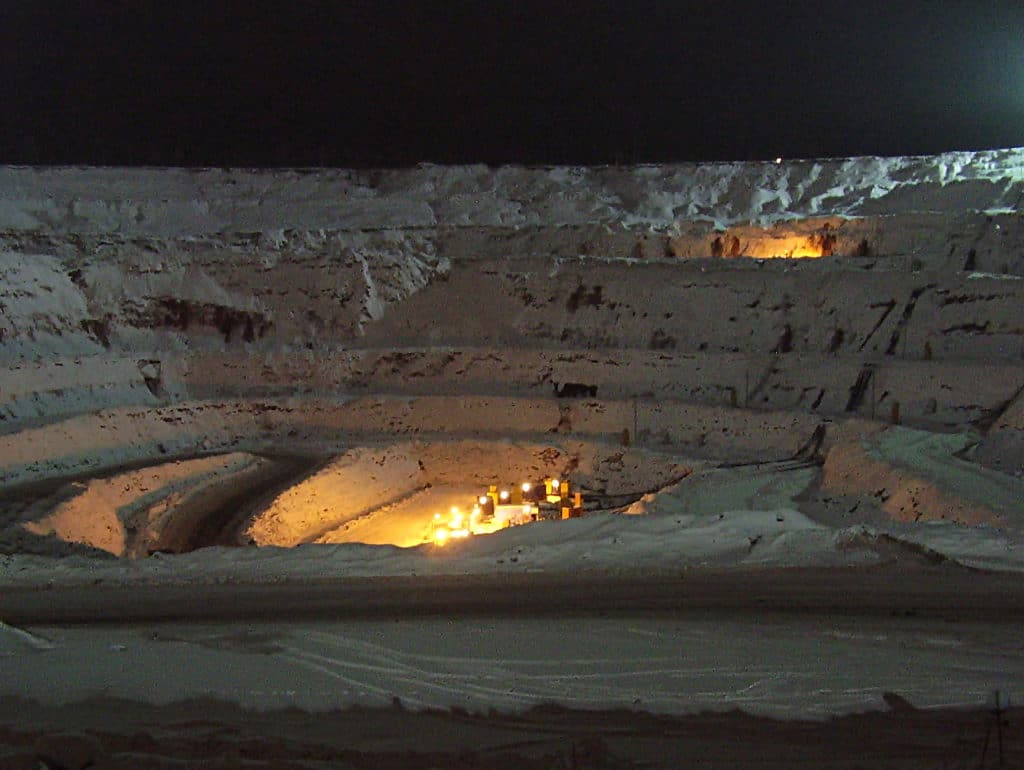Blog
Home » Diamonds blog » CALLS ARE RENEWED IN U.S. PRESS TO DESIGNATE ROUGH GOODS MINED IN RUSSIA AS CONFLICT DIAMONDS
Focus on

The possibility that diamonds sourced in the Russian Federation could be designated as conflict goods, as a result of the country’s invasion of neighboring Ukraine, and thus be subject to Kimberley Process restrictions, is getting renewed attention in the United States, largely the result of a lengthy article printed in the New York Times.
The article, which was authored by Dionne Searcey and entitled “Russia Fights Efforts to Declare It an Exporter of ‘Blood Diamonds,’ reports about a letter written in May 2022 by George Cajati, a U.S. State Department official, to the chair of the Kimberley Process, calling for a discussion within the KP about the implications of the war and whether they should lead to the designation of Russian goods as conflict diamonds. The newspaper states that similar entreaties to the KP chair have ben made by other Western KP members, among them the European Union and Canada, as well as Ukraine itself.
It’s worth pointing that all of these pleas, while even if they are regarded sympathetically by a large number of KP members, will inevitably have no effect on KP policy.
There essentially are two organizations that have the authority to officially declare the goods from any country as being associated with conflict, and therefore be subject to an embargo that can be enforced through the Kimberley Process Certification Scheme. These are the Kimberley Process, which currently is headed by Botswana, and the second is the United Nations Security Council
In the case of the KP, decisions are made by the consensus of all members, and that means that Russia itself would have to agree to the designation and the embargo. In the case of the UNSC, Russia is one of the five permanent members, and can quash any such proposal with a veto. It’s also unlikely that another Security Council permanent member, China, would be prepared to vote in favor of such an embargo.
U.S. SANCTIONS DO BITE
That does not mean that Western government’s lack the teeth to pressure the Russian diamond sector. Almost certainly the most significant move came on March 11, 2022, when U.S. President Joe Biden issued Executive Order 14068, restricting exports of luxury goods to Russia and Belarus, and banning U.S. imports of Russian alcohol, seafood and diamonds, and also the supply of U.S. dollar-denominated banknotes to Russia and the Russian government worldwide.
In one move, the American government cut the Russian producers off from a market that in terms of value consumes more than half the diamond produced each year, and at the same time restricted its access to the currency in which the diamond trade has traditional been handled.
Other diamond centers did not fall technically under the authority of U.S. law, although companies in those centers are understandably wary about drawing the attention of any government authorities in the country where the most of their diamonds are sold. But even more problematic from their perspective were policies instituted in the SWFT (Society for Worldwide Interbank Financial Telecommunication) payment system.

The open pit of the Mir mine, in the autonomous region of Yakutia, in Russia’s arctic northeast.
Established in 1973 and headquartered in Belgium, SWIFT connects 11,000 banks and institutions in more than 200 countries, making it the primary financial pipeline facilitating the transfer of money across borders.
Already in March, seven Russian banks were removed from SWIFT. They included Bank Otkritie, Novikombank, Promsvyazbank, Bank Rossiya, Sovcombank, Vnesheconombank (VEB) and VTB Bank. More were added later, including Sberbank, which by itself accounts for more than one third of Russia’s banking sector.
Diamond companies operating in major trading centers that, at least technically, were not subject to sanction on handling Russian diamonds, like Antwerp, Ramat Gan, Mumbi and Dubai, discovered that, even if they wanted to, it was extremely difficult and risky to transfer or accept payments.

The Lomonosov mine, which hold one of the largest diamond deposits in Russia and in the world, which is located in the far northwestern part of the country in the Arkhangelsk Oblast.
AN INDIGNANT RUSSIAN RESPONSE
So how has Russia reacted? Mainly with annoyance.
In some respects, the expressions of indignation that were heard from the country’s diamond sector could be understood. The areas in which rough diamonds are mined in Russia are located nowhere near the areas of fighting in Ukraine. Yakutia, the region where most goods are produced, is about 9,000 kilometers away, and even the Arkhangelsk region, which accounts for a much smaller proportion of Russian output and is in the northwest of the country, is about 2,000 kilometers away from the border with Ukraine.
Furthermore, state the leadership of the Russian diamond sector, before the start of the war they had stood at the vanguard of the movement lobbying for meaningful reform in the Kimberley Process, including the broadening of the conflict diamond definition, which currently limits such a designation to goods helping finance civil war against legitimate governments, which is not the case in the current conflagration, which is a war between states.
The Russian diamond industry has also pointed out that a large proportion of the revenues generated by the mining sector are earmarked for investment in the economy of the region in which the goods are produced. The people of Yakutia, which is a vast semi-arctic region, are largely dependent on such income for day-to-day survival, and almost certainty will be victims of the sanctions regime and President Putin’s misbegotten policies.
So are the sanctions having an effect? In the field it is difficult to say. Russia is keeping a tight lid reporting about economic developments, and reliable and verifiable information that would be indicative, like employment data in regions like Yakutia, is difficult if not impossible to come by.
However, Alrosa is a publicly owned company, and its shares are listed on the Moscow Stock Exchange. They were flying high just before the invasion of Ukraine, reaching a price of 120 rubles per share on February 10, just two weeks before the invasion. They plummeted by about one third in value on the day the Russian tanks rolled westward across the border, and have edged mainly lower ever since. On August 19 they stood at 69 rubles a share, 44 percent below their value just before the start of the invasion.
Alrosa’s press office, which periodically would publish sales results prior to the war, has ceased doing so, and now largely releases announcement on the company’s struggles to satisfy its Eurobond debt. On June 8 it was reported that the company’s supervisory board had recommended that a dividend would not be paid on 2021 earnings.
